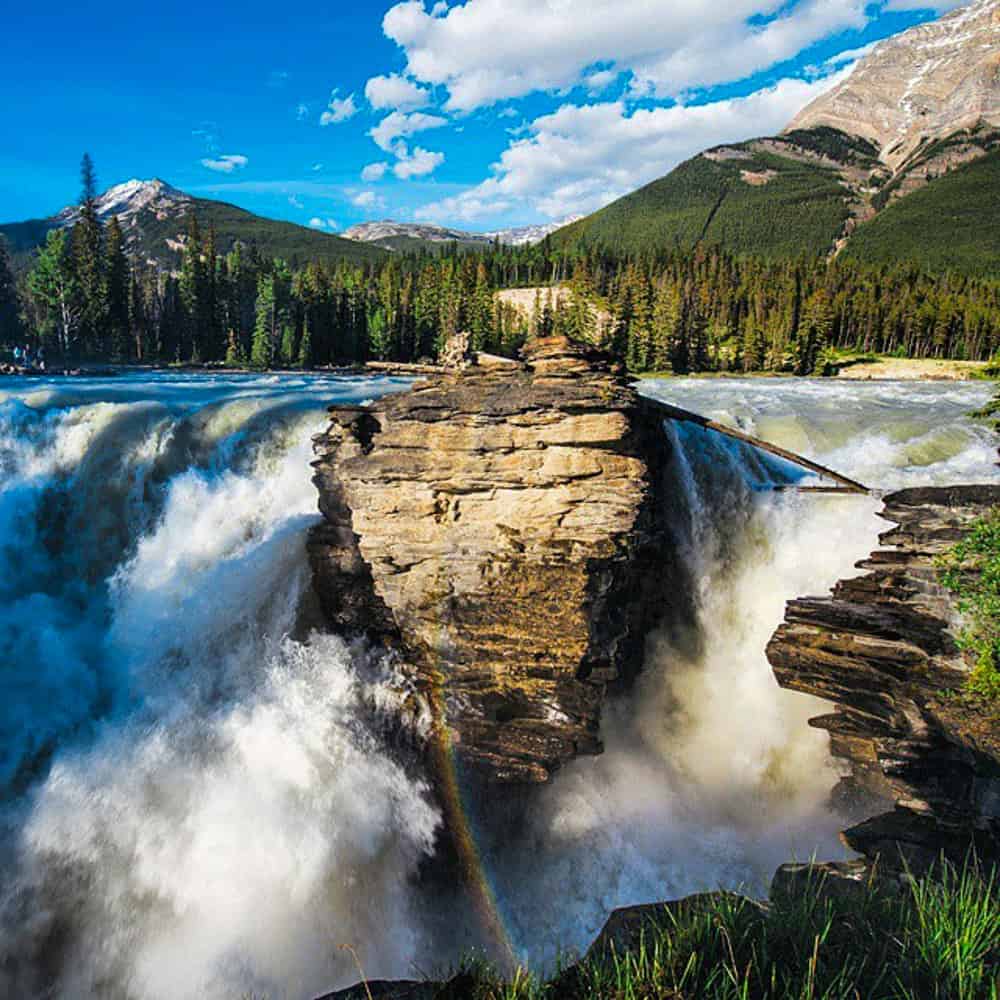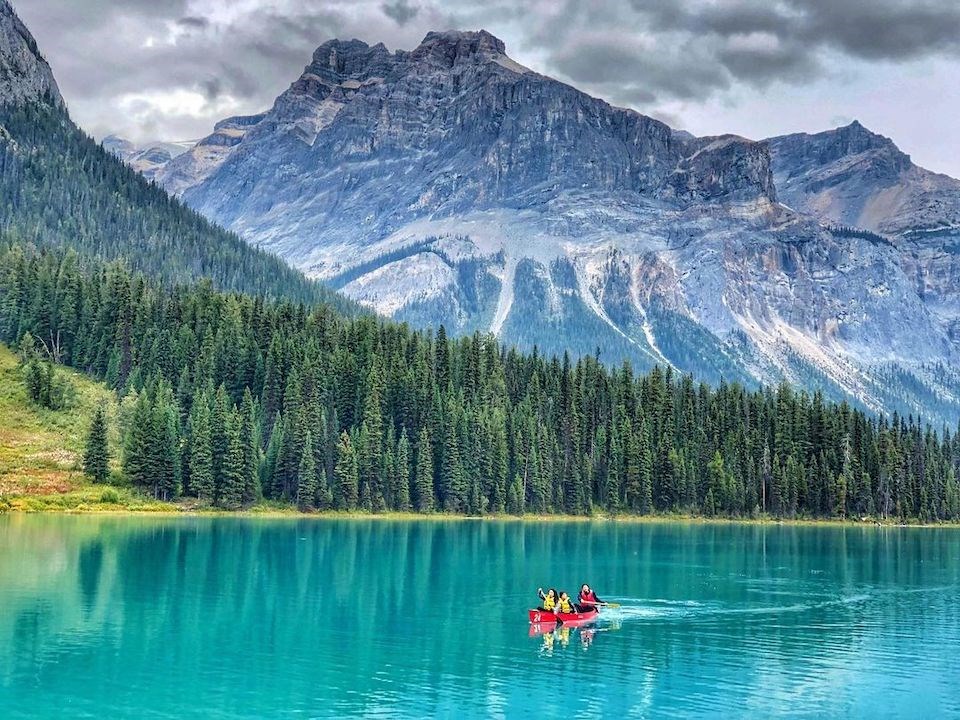rock current
Tell you later
The Canadian Rockies clinch the Alberta-British Columbia border in a vast sea of whitle and grey peaks. From the air, it is an impressive sight. From the gournd, the beauty of this mountain range is simply overwhelming, with glacier-clad peaks rising high into the sky, rugged mountains intermixed with turquoise lakes, and ice-cold rivers carving their way through lush, flower-filled valleys. While they are not the highest peaks in the world, these spectacular mountains possess an incomparable allure and grandeur that sets them apart on the global stage . It is little wonder that people have long been attracted to this unique corner of Canada, whether for exploration, a brief vist or to set down their roots.

Depending on how you look at it, the history of of this extradinary region varies from a relatively recent series of huamn explorations to a saga that dates back millions of years. On a geological scale, the Canadian Rockies began to form about 140 millions years ago, and more recent periods of glaciation carved the U-shaped valleys that define the landscape today. Though many remaining ice is disappearing rapidly it is still possible to see the relics of ice ages in the form of icefields and glaciers that flow towards the valleys like frozen rivers.

While the modern era of exploration , surveying and human development in the Canadian rockies has mostly occured in the past two centuries, archaeological digs in the region have uncovered stong spear points, tools and human history that dates back as far as 11,ooo years ago. Over the centuries, various First Nations people hve called the land home; the Stoney Nakoda called that home the Shining Mountains, likely after the glimmering snow on the peaks. the "gliter" of the Canadian Rockies is both literal and metaphorical, as the first European explorers and modern mountain dwellers alike found themselves unable to escape the powerful draw of the peaks-- one that calls poeple to a life of adventure, a connection with the wild and a desire to see what lies beyond the next range.

Central to the recent history of the region are the railway and a burgeoning tourism industry. As the Canadian Pacific Railway pushed its way West in the 1880s, a timely discovey of hot spring at what is now the Cave and Basin National Historic site spurred the beginnings of Canada's nation parks system, which provided a lucrative way of funding the completion of the railroad. " If we can't export the scenery," CPR president William Cornelius Van Horne so famously said, "we'll import the tourists." Since then, tourism has largely defined the region. And while millions of visitors come from aound the world each year, the region also possesses a vast wilderness that lies largely untouched, and otherwise requires a multi-day backpacking trip or ski tour to access.

In 1984, UNESCO uncluded the Canadian Rocky Mountain Parks-- Banff, Jasper, Kootnay and Yoho--and a number of provincial parks in its list of the World Heritage Sites. It is a tribute worthy of a region with such astounding natural features and bilogical diversity. Whether you are exploring the reaches of the backcounty or viewing the scenery from the the roadside, it's no strech to say that the awsome beauty of the Canadaian Rockies will stay with you long after you've left.





